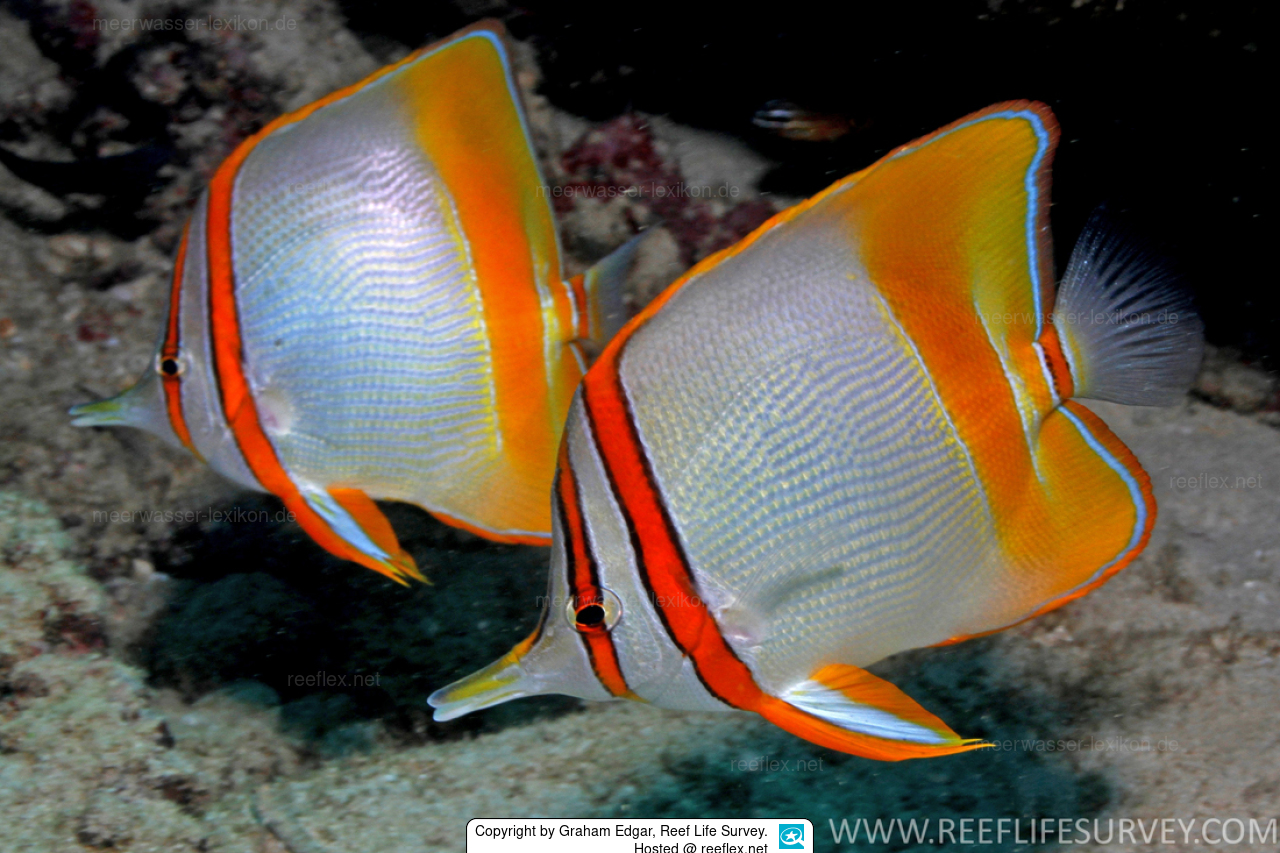Info
Richardson, 1842
A very beautiful Chelmon imported from Australia. Acclimatisation was easy, the fish didn't seem to be sensitive for diseases. Comes in much better shape than Ch. rostratum and therefore he accepted food way better. Has been reported to be less agressive against other butterfly fishes than Ch. rostratum.
Synonyms:
Chelmo tricinctus Castelnau, 1875
Chelmon rostratus marginalis Richardson, 1842
Classification: Biota > Animalia (Kingdom) > Chordata (Phylum) > Vertebrata (Subphylum) > Gnathostomata (Superclass) > Pisces (Superclass) > Actinopterygii (Class) > Perciformes (Order) > Chaetodontidae (Family) > Chelmon (Genus)
A very beautiful Chelmon imported from Australia. Acclimatisation was easy, the fish didn't seem to be sensitive for diseases. Comes in much better shape than Ch. rostratum and therefore he accepted food way better. Has been reported to be less agressive against other butterfly fishes than Ch. rostratum.
Synonyms:
Chelmo tricinctus Castelnau, 1875
Chelmon rostratus marginalis Richardson, 1842
Classification: Biota > Animalia (Kingdom) > Chordata (Phylum) > Vertebrata (Subphylum) > Gnathostomata (Superclass) > Pisces (Superclass) > Actinopterygii (Class) > Perciformes (Order) > Chaetodontidae (Family) > Chelmon (Genus)







 Graham Edgar, Reef Life Survey, Australien
Graham Edgar, Reef Life Survey, Australien















